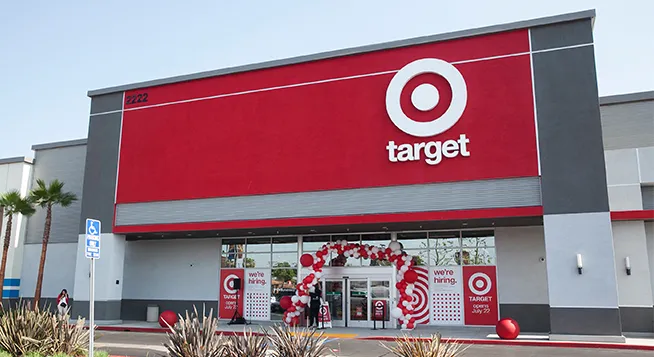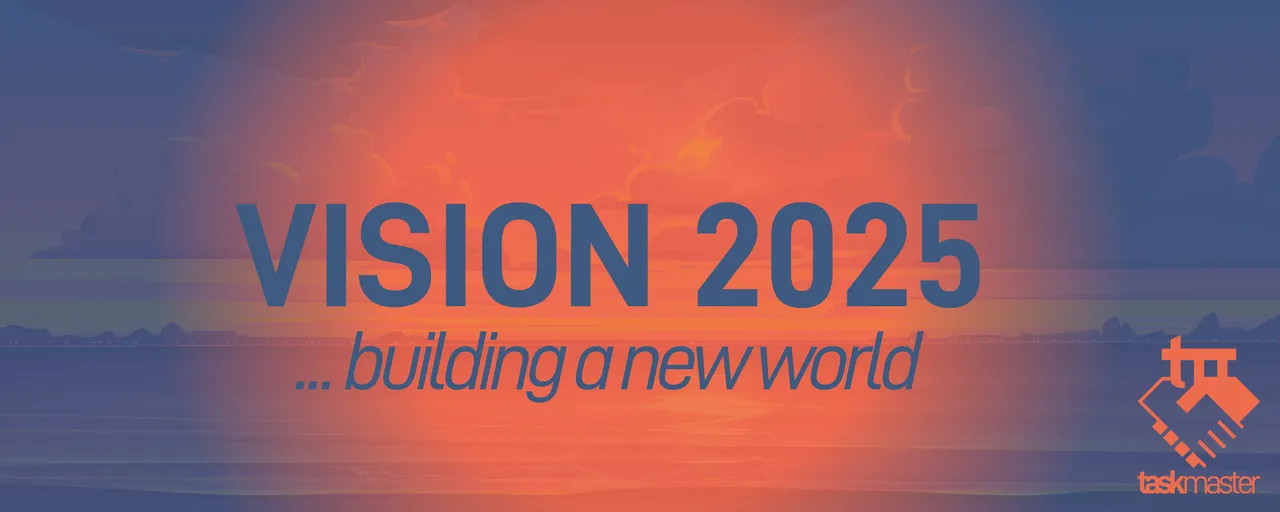The mainstream media is acting surprised at what is taking place in the retail sector.
We saw Target put forth its Q2 numbers and it was ugly. Their profit tumbled 90%. This comes as people start adjusting their spending due to higher prices in food and energy. As those basics escalate, household budgets are stretched, meaning habits are altered. This does not bode well for retailers who are now dealing with inventory issues.
As these adjustments are being made, we are seeing the push to slash prices. Retailers have no choices as inventory levels keep rising in spite of the awareness all have of the situation. Basically, consumer choices are changing quicker than the stores can adjust.
Target is now experiencing some of the fruits (if you can call it that) of what we discussed at the end of last year. With inventories jumping in the 4th quarter, it was easy to see the demand that many felt was there simply was a mirage.

Source
Impact On The Larger Economy
China is showing signs of a major recession. Of course, there are a variety of issues going on there including the bursting of a major real estate bubble. The developers in that country are really feeling the pinch as things implode with their housing market.
This has major implications on the rest of the world. Since it still is the global manufacturing hub, the fact they are feeling the pain is a reflection of how companies such as Target are having to cut back on their purchasing. After all, the last thing they need is more inventory rolling in.
If we follow the supply chain back to its origin, we find China. Thus, if they are shuttering factories, regardless of the explanation they provide (many feel the lockdowns were a way for the CCP to hide the fact they had order cancellations), that means global trade is taking a hit.
As trade slows, so does the economy. This is an issues that plagued much of the world for the last year, although few made mention of it.
Volume Not Price
Throughout 2021, we heard how the global economy was on fire. Things were doing well. Unemployment was low. China and Japan were importing a lot. This is crucial for the former since it takes raw materials and churns out finished products.
Here is where we run into a snag. It was not true.
Countries like Japan and China were not importing more. Sure, their imports grew in USD terms. However, by volume, they were down across the board. So essentially, people in those countries were paying more money to get less stuff. The same was true in Germany, the UK, and even the US.
Therefore, we can look at things as far back as June 2021 and see how sick the economy was. This is not something that just happened as we moved into this year.
The massive increase in prices due to supply and demand issues covered up what was really taking place. Global commerce slowed in both 2020 AND 2021. There was no heated economy that Jay Powell and Janet Yellen keep espousing about. Things were pretty crappy since the lockdowns took place.
In fact, if we step back far enough, we realize this is the case since the Great Financial Crisis. Few understand how we are actually experience depression like condition according to the growth metrics and loss of GDP.
Nevertheless. we look at the lending and we realize how sick things truly are. Naturally, economists and the mainstream financial media are totally clueless about this subject, just like they were caught off guard last quarter when the major retailers numbers were crap due to inventories.
Is this where we say "told you so"?
Target is now telling the story we started upon 9 months ago. The Eurodollar yield curve was screaming to us back in December of last year. Yet, we were told how things were going to keep chugging along and we didn't know what we were talking about.
Perhaps some of the executives at Target should have plugging into 3Speak, Leofinance, and Hive. We could have helped them avert a major mess.
If you found this article informative, please give an upvote and rehive.

gif by @doze

logo by @st8z